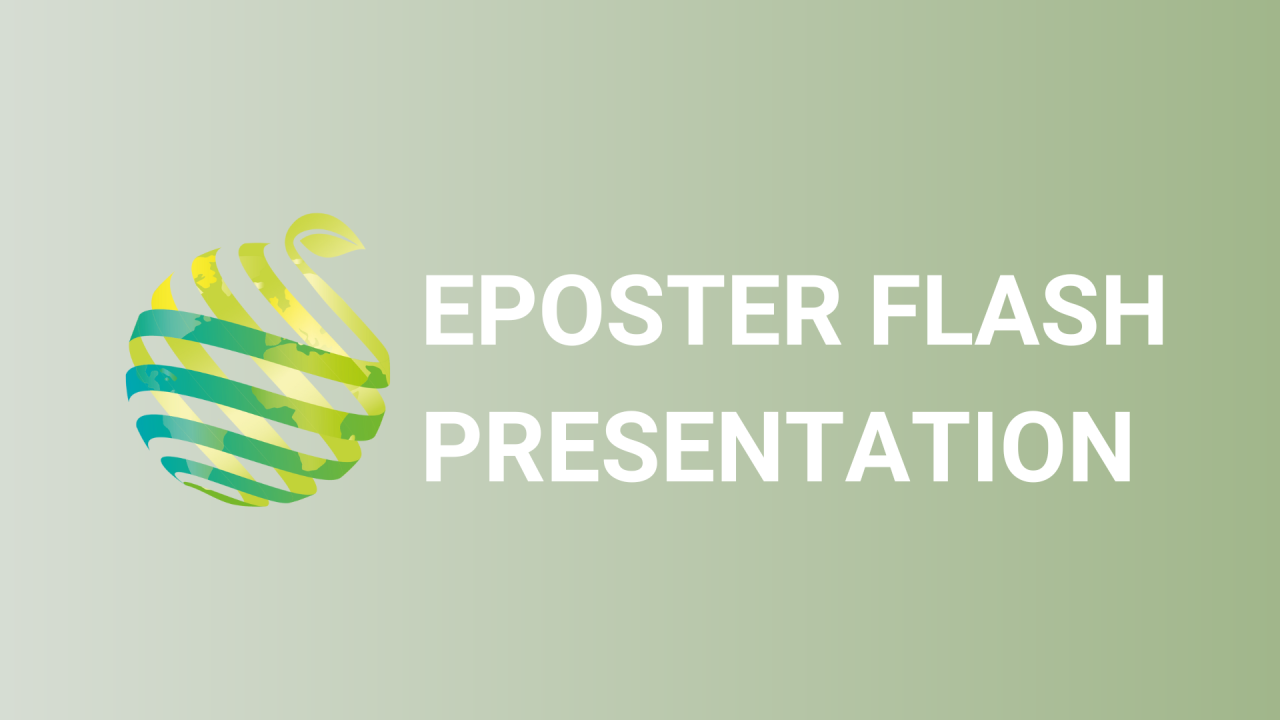

S23 - Session P5 - Ripening / MCP - The influence of 1-Naphthaleneacetic acid on recovering ‘Rocha’ pear ripening after 1-MCP treatment
Information
Authors: Cindy Dias *, Ana Cristina Rodrigues, Marta W. Vasconcelos, António Ferrante, Manuela Pintado
For many years diphenylamine protected fruit from postharvest disorders. But, after diphenylamine exclusion, physiological disorders have been prevented by 1-methylcyclopropene (1-MCP). However, a continuing challenge for the pear industry, in particular 'Rocha' pear sector, is how to induce ripening in 1-MCP treated fruit. 1-MCP irreversibly binds to ethylene receptors, avoiding fruit ripening. Consequently, its eating quality is compromised leading to consumers rejection and postharvest losses. Strategies have been investigated to overcome the 1-MCP evergreen effect. Auxins are key regulators of fruit development and ripening. Thus, this work purpose was to evaluate the 1-Naphthaleneacetic (1-NAA) effect on improving the 'Rocha' pear ripening treated with 1-MCP. 'Rocha' pear treated with 1-MCP were immersed in aqueous 1-NAA at 0.745 g L -1 for 2 h, and then stored at 23 °C and analyzed after 7 and 15 days. Established ripening indicators, including firmness, ethylene production, sugars along with the activity and genetic expression of the ethylene biosynthesis enzymes (1-aminocyclopropane-1-carboxylic acid synthase, ACS; 1-aminocyclopropane-1-carboxylic acid oxidase, ACO) and receptors ( PcETR1 , PcETR2 and PcETR5 ) were analyzed over the course of ripening after 1-NAA treatment. Physiological and biochemical analysis revealed that 1-NAA obviously promoted fruit ripening, for example, by 60% of fruit firmness loss and around 50% increased ethylene production compared to 1-MCP treated pears. 1-NAA treatment strongly stimulated ACC synthase and oxidase gene expression ( PcACS1 , PcACS2, PcACS4 and PcACO ), which was consistent with the increased ACC synthase and oxidase activity, and with the burst of ethylene production. Moreover, 1-NAA promoted a higher expression of ethylene receptors, mainly PcETR2, which could justify the permitted ripening initiation process corroborated by color, sugars, and other ripening indicators changes. Hence, 1-NAA facilitates the promotion of ripening blocked by 1-MCP, possibly by enhancing the sensitivity to ethylene, opening mechanisms for consistent ripening of 'Rocha' pear, and possibly other fruits.